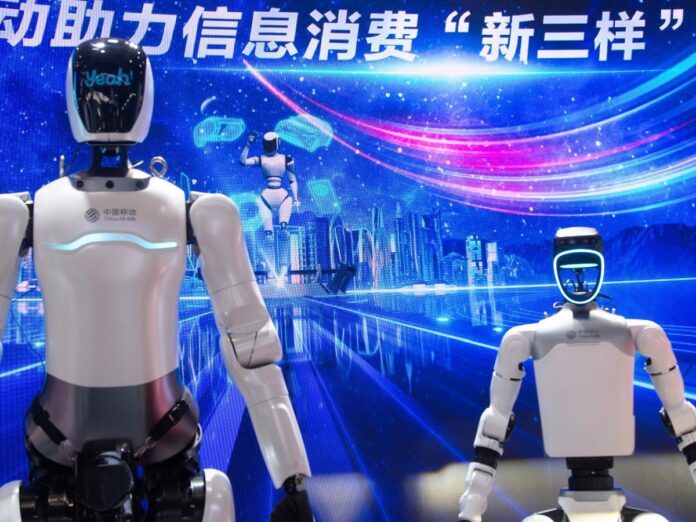China aims to be the global leader in artificial intelligence (AI) by 2030, with a comprehensive industrial policy that spans the entire AI technology stack. This strategy includes substantial state investment, fostering research, talent development, and subsidized computing resources. China’s AI capabilities are rapidly advancing, notably across various sectors like healthcare, robotics, and electric vehicles, although private firms primarily drive this progress. However, challenges persist, such as inefficient resource allocation and restrictions from U.S. export controls, which limit access to critical AI chips. These constraints hinder Chinese firms’ model training and innovation. China’s approach emphasizes self-reliance, particularly in semiconductor production and software development, as it seeks to mitigate the impact of international sanctions. Despite potential inefficiencies, China’s AI industrial policy is likely to bolster its competitive position against U.S. firms, although the private sector will remain essential for innovation, and China may still lag behind in some areas.
Source link

Share
Read more